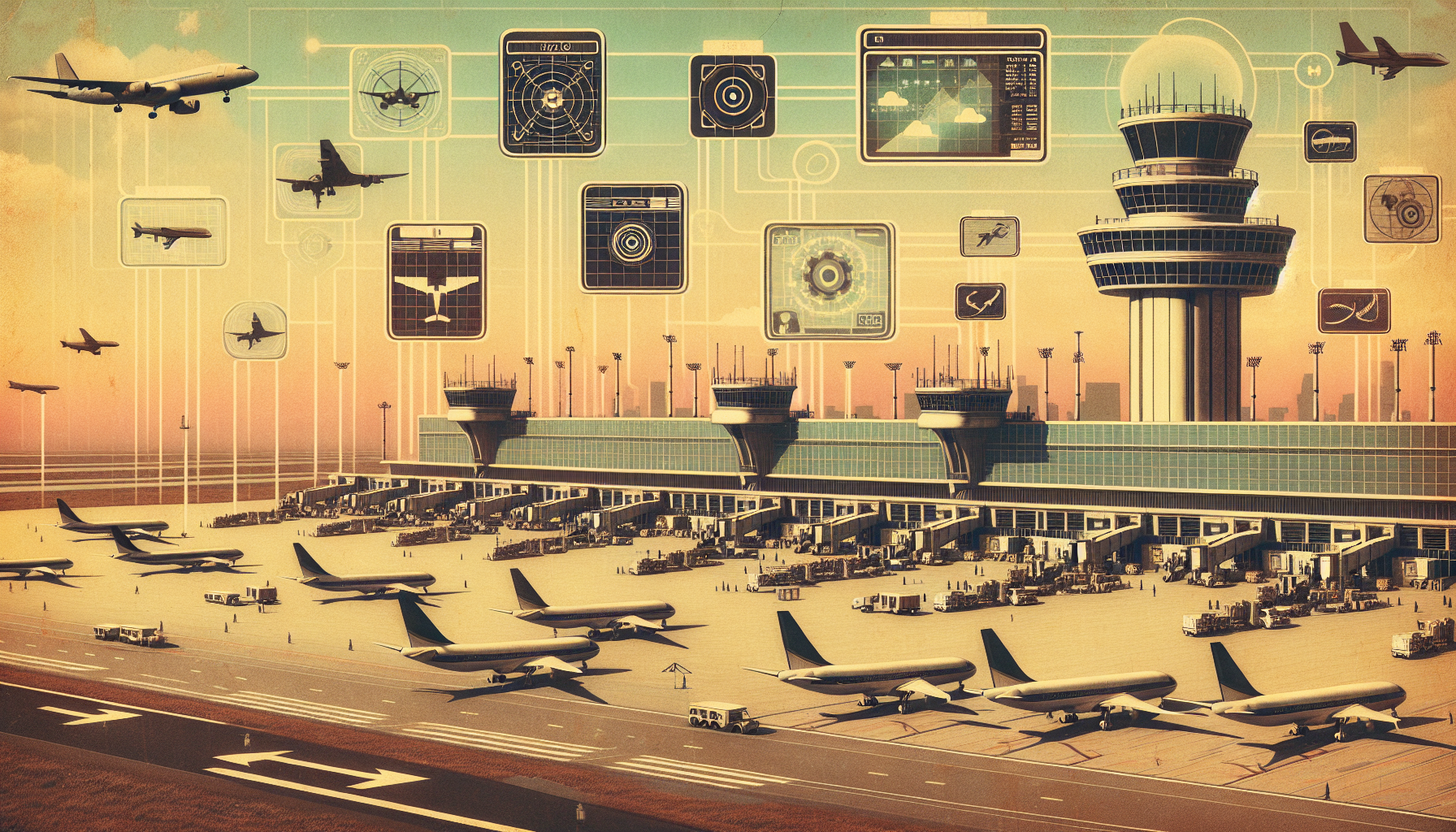In the heart of the aviation industry, a revolutionary force is at work: Artificial Intelligence (AI). An era defined by safety, efficiency, and reliability is unfolding as AI transforms various aspects of aviation. From forecasting weather to fine-tuning flight paths and enhancing air traffic management, AI is at the forefront of making air travel safer and smoother than ever before.
Weather Prediction and Turbulence Detection
AI is making the skies more predictable and safer by transforming how weather forecasts and turbulence are assessed. AI-driven systems scour immense datasets from radars, satellites, and weather models to produce hyper-accurate forecasts, which are critical for the safety decisions pilots make. Being aware of potential severe weather and turbulence enables pilots to plan better and craft safer flight paths.
The precision of these forecasts is not just theoretical—agencies like the National Weather Service (NWS) and Federal Aviation Administration (FAA) report forecast accuracy gains of up to 10% due to AI. With the FAA’s adoption of AI for real-time turbulence detection, pilots are now equipped to avoid turbulent areas, offering passengers a smoother flight experience.
Optimizing Flight Paths
AI is a game-changer in Flight Path Optimization (FPO). Traditional routes often ignore current weather conditions and air traffic details. In contrast, AI continuously evaluates variables like weather changes and traffic patterns to streamline flight routes. This optimization boosts fuel efficiency, shortens flight durations, and highlights potential risks for immediate action.
Companies such as Leonardo lead the charge, collaborating with academia to harness AI for crunching vast real-time datasets to identify potential delays early and reroute flights accordingly. This collaboration means flights are not only safer but increasingly punctual.
Smarter Pilot Decision-Making
The cockpit is evolving with AI playing a co-pilot role to bolster safety and efficiency. MIT’s Computer Science and Artificial Intelligence Laboratory has pioneered systems like Air-Guardian. This innovative technology interprets a pilot’s focus and aids in decision-making, reducing workload and human error risk during critical flight phases.
Enhancing Air Traffic Management
AI acts as both a brain and support system for air traffic management. It processes complex data sets rapidly, proposing solutions to potential airspace conflicts, thereby empowering air traffic controllers to make faster, more informed decisions. By refining flight scheduling, routing, and air traffic flow, AI reduces congestion and enhances airspace capacity.
Proactive Maintenance and Risk Planning
In the realm of aircraft maintenance, AI excels with predictive capabilities. By analyzing historical data, AI anticipates when parts require servicing or replacement before failure occurs, keeping aircraft in peak condition. This approach mitigates risks related to mechanical failures and aids airlines in developing effective risk management strategies.
Prepared for Emergencies
Beyond day-to-day operations, AI plays a critical role in emergency preparedness. AI-simulated scenarios train flight crews to respond with precision and poise, empowering them to manage real emergencies effectively and ensuring a robust layer of safety.
In conclusion, AI is revolutionizing aviation, marking a profound shift towards enhanced safety, efficiency, and traveler comfort. By pushing the boundaries of what predictive technology can achieve, AI is poised to become an increasingly pivotal force in safeguarding air travel, heralding a new chapter of innovation and improvement in the skies.

Leave a Reply